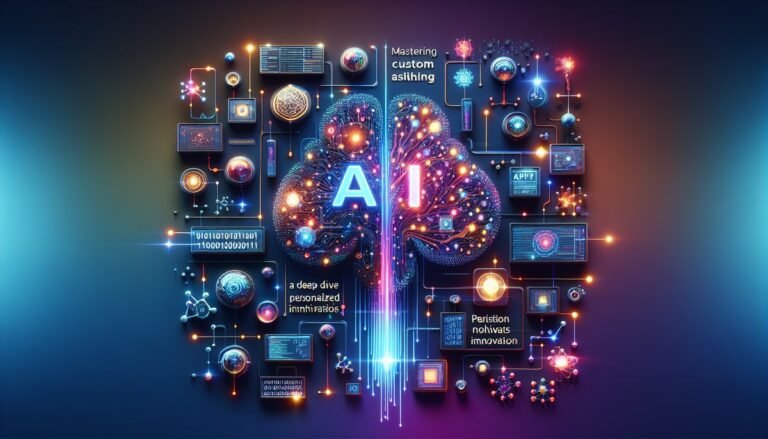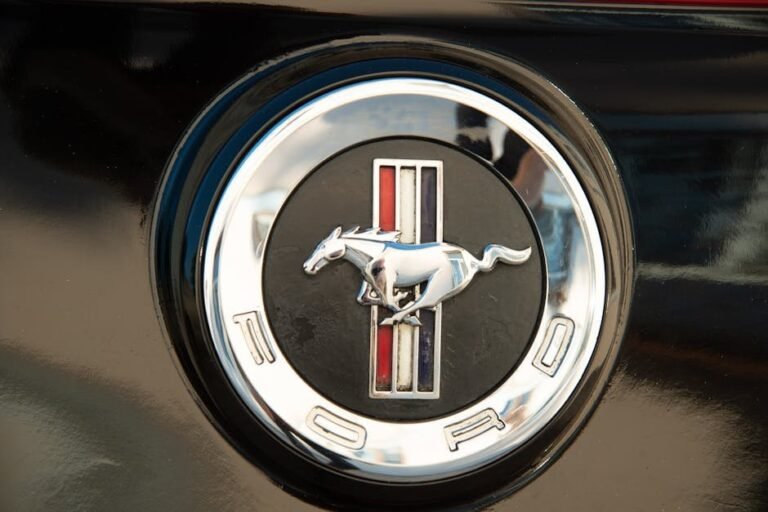🗓️ Published: July 04, 2025
Imagine strolling through a city where the streets are pristine, homes anticipate your needs, and getting from point A to B is not just faster but also smoother. This isn’t a scene from a sci-fi movie but a glimpse into the real-world impact of AI applications. These technological marvels are rapidly transforming urban landscapes into cleaner, more efficient spaces, redefining how we live and move. From cutting down city pollution levels to creating homes that ‘think’ for us and revolutionizing public transportation systems, AI is at the heart of these advancements. As you dive into the fascinating world of AI-driven innovations, prepare to uncover how these applications are not just enhancing our daily lives but also paving the way for a smarter, more sustainable future. Curious yet? Let’s explore how these intelligent systems are reshaping the very fabric of modern living.
Transforming Urban Landscapes: How AI Applications Lead to Cleaner Cities
In the quest for sustainable urban living, AI applications are emerging as pivotal tools in reshaping city environments. These intelligent systems are being harnessed to tackle some of the most stubborn urban challenges, such as waste management and pollution control. Imagine a city where trash collection routes are optimized in real time to reduce fuel consumption and emissions. This is not a distant dream but a reality being implemented in cities like Seoul and Copenhagen.
In these pioneering cities, AI-powered sensors are deployed to monitor waste levels in bins, ensuring collection only when necessary, thereby decreasing the frequency of unnecessary trips. Moreover, advanced algorithms analyze environmental data to identify pollution hotspots, enabling targeted clean-up operations. This proactive approach not only enhances the quality of urban life but also reduces the ecological footprint of cities.
Harnessing AI for Smarter Waste Management
With the help of machine learning and predictive analytics, waste management systems are evolving to be more efficient and less intrusive. For instance, AI-driven platforms can predict peak times for waste generation, allowing cities to align their resources accordingly. This strategic allocation of resources leads to significant cost savings and a cleaner urban environment.
Revolutionizing Domestic Spaces: AI Applications in Smarter Homes
As AI technology permeates our daily lives, homes are becoming smarter and more intuitive. These AI applications are transforming domestic spaces into hubs of efficiency and comfort. Consider the integration of AI in energy management systems, where smart thermostats learn user preferences to optimize heating and cooling schedules. This not only enhances comfort but also contributes to substantial energy savings.
Beyond comfort, AI applications are enhancing security and convenience through systems that recognize and adapt to individual behaviors. From voice-activated assistants managing daily schedules to smart locks offering keyless entry, AI is redefining the concept of home management. In a hypothetical scenario, a homeowner could receive real-time notifications about unusual activities, all thanks to AI-driven security systems that learn from patterns to discern regular from irregular activity.
AI in Energy Efficiency: A Brighter Future
The integration of AI in home energy systems extends to smart grids, where AI predicts energy demand and supply, balancing them to avoid wastage. These intelligent grids are crucial in reducing carbon footprints, making homes not just smarter, but also greener. In this way, AI applications are playing a vital role in shaping eco-friendly living environments.
Enhancing Mobility: The Role of AI in Efficient Transit Systems
AI is the engine driving modern transit systems towards enhanced efficiency and reliability. By analyzing vast amounts of data, AI applications optimize public transportation schedules, reducing wait times and energy consumption. Cities like Singapore have embraced AI-driven traffic management systems that adjust traffic lights in real-time based on current road conditions, minimizing congestion and improving air quality.
Furthermore, AI is revolutionizing ride-sharing and autonomous vehicles by predicting demand patterns and optimizing routes. Imagine an AI system that reroutes a bus in real-time to accommodate road closures or traffic incidents, ensuring passengers reach their destinations swiftly and safely. This is the future of urban mobility, where AI applications not only improve transit efficiency but also contribute to reducing environmental impact.
Autonomous Vehicles: A Glimpse into Tomorrow’s Transit
Autonomous vehicles represent one of the most exciting applications of AI in transportation. These self-driving cars and buses have the potential to dramatically reduce congestion and emissions. With AI at the helm, these vehicles can communicate with each other to optimize traffic flow and prevent accidents. While still in the nascent stages, the potential for widespread adoption of autonomous vehicles presents a tantalizing vision of cleaner, more efficient urban transit systems.
In conclusion, AI applications are not just tools but transformative agents in creating cleaner cities, smarter homes, and more efficient transit systems. Their ability to analyze data and predict outcomes offers unprecedented opportunities to enhance quality of life while promoting sustainability. As advancements in AI continue, the possibilities for further innovation in urban living are boundless, promising a future where technology and environment coexist harmoniously.
Embracing AI for a Greener, Smarter Tomorrow
As we stand on the cusp of a revolution shaped by Artificial Intelligence, the promise of a cleaner, smarter, and more efficient world becomes tantalizingly real. From reducing pollution in urban areas to optimizing energy use in our homes and enhancing the capabilities of our transit systems, AI is proving to be an invaluable ally in our quest for sustainable development.
What makes AI truly transformative is its ability to offer solutions that extend beyond traditional technological boundaries. By integrating AI into city planning, homes, and transportation networks, we unlock potential that was previously unimaginable. Imagine a world where cities autonomously reduce emissions, homes that intuitively conserve energy, and transit systems that adapt seamlessly to the ebb and flow of human activity. This vision is not just a distant dream but a rapidly approaching reality.
As we embrace these advancements, it’s crucial to keep our eyes open for unconventional applications of AI. The technology’s capacity to learn and adapt means its potential is limited only by our imagination. By thinking creatively and pushing the boundaries of what AI can achieve, we can continue to forge innovative pathways towards a future that is not just more efficient but also more attuned to the needs of the planet and its inhabitants.
The journey ahead invites us to be bold and visionary, seizing the opportunities AI offers to build not just smarter systems, but a smarter world. Let’s step into this future with open minds, ready to explore and harness AI’s incredible potential.
How is AI contributing to cleaner cities?
AI helps create cleaner cities by optimizing traffic flow to reduce congestion, improving waste management systems, and monitoring air quality. By using data-driven insights, AI systems can propose efficient solutions that lessen environmental impact, making urban areas more sustainable.
What role does AI play in smarter homes?
AI enhances smart homes by facilitating energy management, ensuring security, and automating daily tasks. With AI, devices learn user preferences and optimize energy usage, providing a seamless living experience that conserves resources and increases comfort.
In what ways is AI improving transit systems?
AI improves transit systems by enabling real-time data analysis and predictive maintenance, ensuring smoother operations. It helps in route optimization, reducing delays, and offering more reliable public transport services, ultimately enhancing the commuting experience.
What are the unexpected applications of AI in urban development?
Beyond conventional uses, AI can assist in urban development by modeling climate impacts, aiding in disaster preparedness, and facilitating community engagement. These applications highlight AI’s potential to address complex urban challenges in innovative ways.






